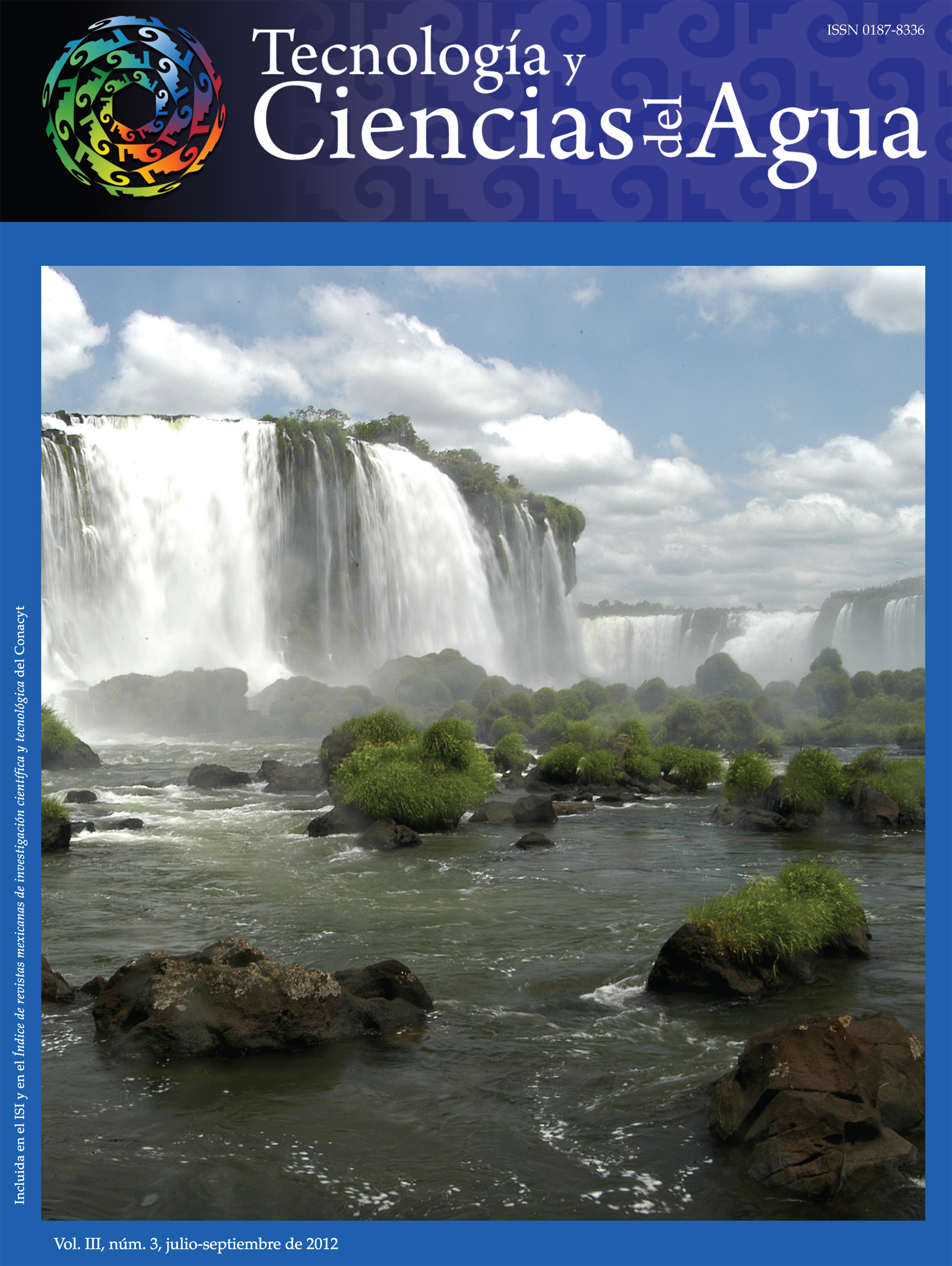Use of environmental isotopes to determine the contribution of fresh water to Chacahua and Salina Grande coastal lagoons, Oaxaca Mexico
Keywords:
coastal lagoons, environmental isotopesAbstract
Using measurements of stable isotopes (oxygen 18 and deuterium) as well as values for specific electrical conductivity, the sources of fresh water were determined as well as their contributions to the coastal lagoons of Chacahua and Salina Grande. Three possible sources were considered: the Verde River, rain and the underlying aquifer. The stable isotopic composition of the different families of water revealed that each one has a distinctive footprint, which enabled distinguishing one from the other and determining their mixing ratios based on different water collected taken from the lagoons. Results enabled the identification of sources of fresh water sources and their effective contributions, which can account for as much as 38% of the total water entering the lagoons.Downloads
Published
How to Cite
Issue
Section
License

This work is licensed under a Creative Commons Attribution-NonCommercial-ShareAlike 4.0 International License.
By Instituto Mexicano de Tecnología del Agua is distributed under a Creative Commons Attribution-NonCommercial-ShareAlike 4.0 International License. Based on a work at https://www.revistatyca.org.mx/. Permissions beyond what is covered by this license can be found in Editorial Policy.









